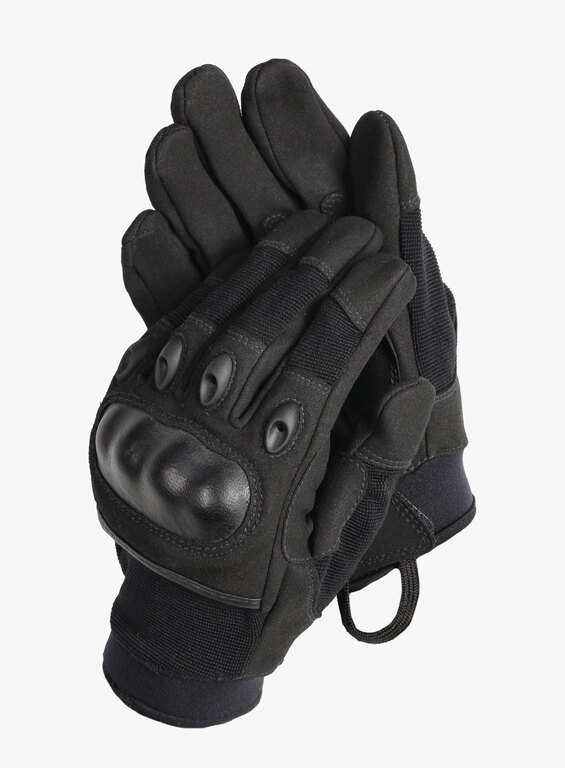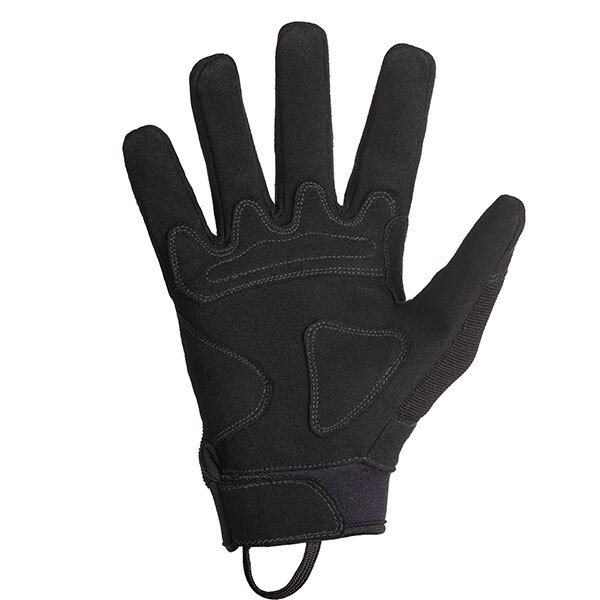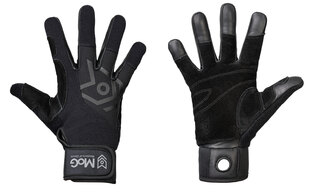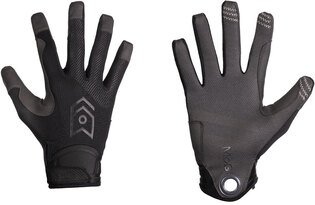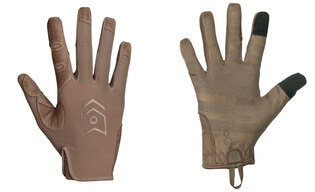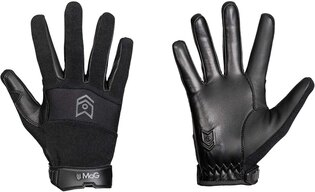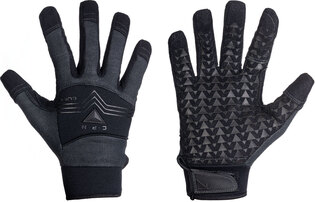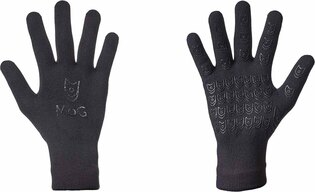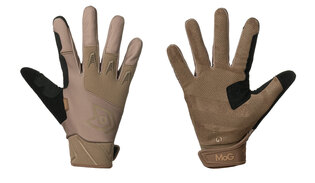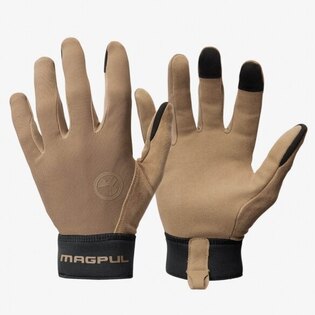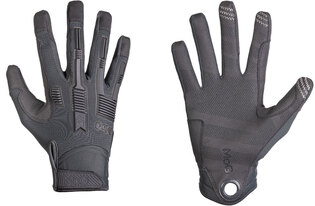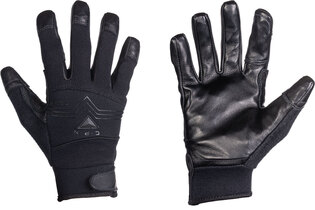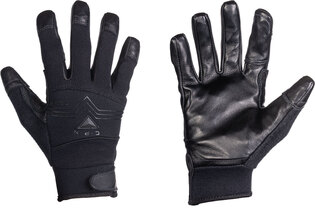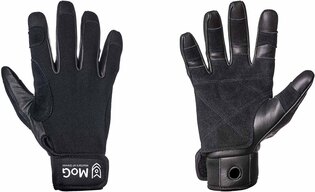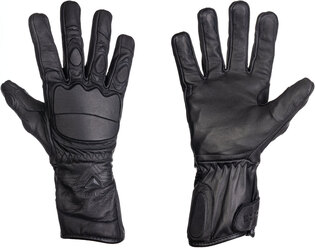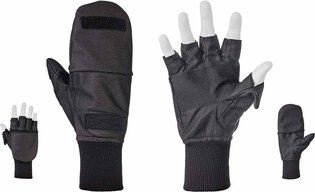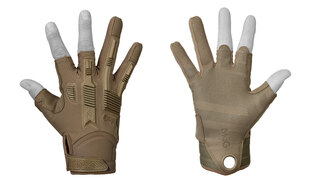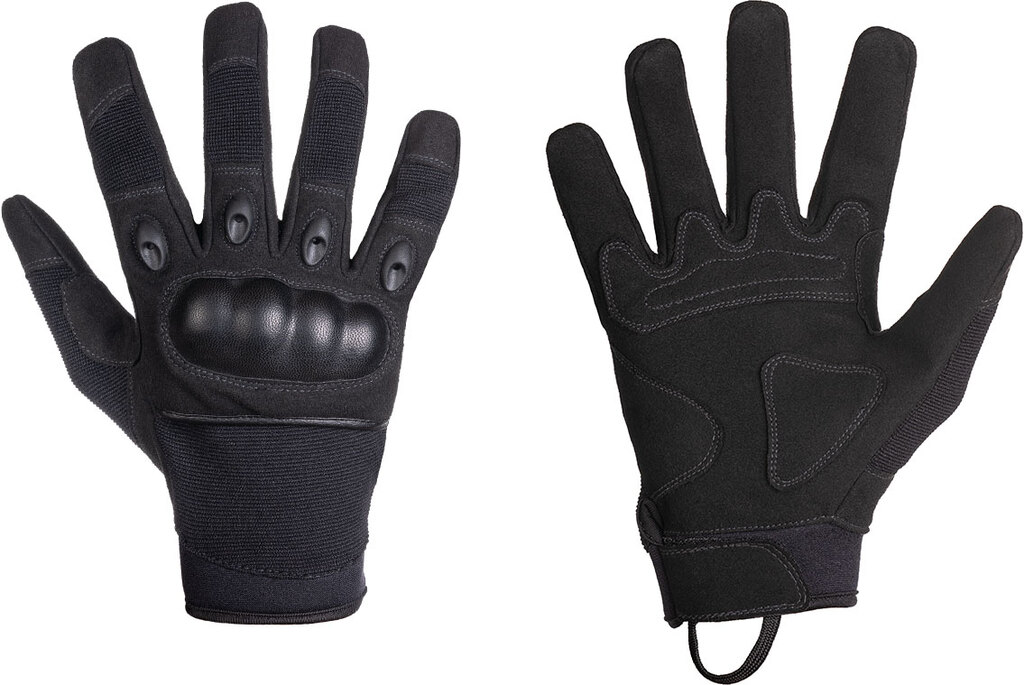
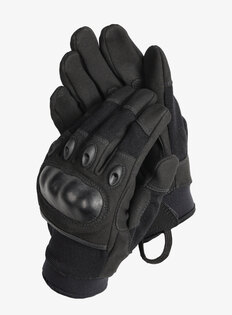
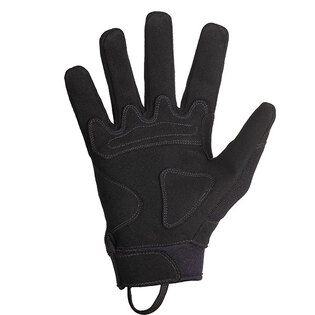
MoG® Commando intervention gloves
The MoG Commando Tactical Gloves from MoG Gloves are designed primarily for armed and response units who require the best quality and best fit features of their equipment. You can rely on these gloves for hand protection. In addition, these gloves meet the standards for protective gloves.
The best materials
These emergency gloves use the best materials. Nylon is used on the back of the hand and fingers, stretchable in four directions, which is excellently resistant to mechanical damage. On the inside of the palm we find a thin suede, which has a hydrophobic treatment (it is therefore resistant to water) and also dries very quickly if it gets wet.
Extra protection
Additional features of the gloves mean extra protection for the wearer's hands. On the knuckles we find a carbon pad with foam padding. And the ventilated design of the gloves and the special ventilation holes on the fingers will certainly please you.
For working with both weapons and displays
With the MoG Commando gloves, you will also appreciate the ability to control devices with a touch screen, both with your fingers and the inside of your palm. Tactile sensitivity is also essential for tactical purposes, which will come in handy when handling weapons.
Kevlar seams for increased durability
The construction of the MoG Commando gloves is also more durable thanks to the Kevlar seams. This is the material from which, for example, bulletproof vests are made. It is a synthetic material with fibers with an above-average dense weave. It therefore has a high resistance to abrasion, tearing and cutting.
Reinforced parts and cuffs
These tactical gloves have extra reinforced parts, especially between the thumb and the index finger, which is the most stressed area of gloves. There is also an adjustable velcro cuff that allows the gloves to fit snugly on your hands without slipping. In addition, there is a loop on the wrist, which you can use to attach the gloves to a tactical belt, for example.
Benefits you need to know about:
- tactical gloves designed for emergency units, police departments and security services
- suitable for both military and police operations
- high tactile sensitivity for handling weapons
- four-way stretch nylon
- suede with hydrophobic treatment
- quick drying finish
- the possibility of controlling devices with a touch screen
- carbon knuckle protector
- carbon seams
- foam padding of the knuckle protector
- reinforced part between thumb and index finger
- wrist loop for hanging (such as on a tactical belt)
- adjustable cuff with velcro
| Material in detail | Main material: nylon four-way stretch material Additional material: suede with hydrophobic treatment Additional material: kevlar |
| Other specifications | Meet standards EN 420:2003 + A1:2009 Meets standard EN 388:2016 Meets standard EN 407:2004 |

Product inquiry
Product category
 Doručení do České republiky? Přejděte na Zásahové rukavice Commando MoG®
Doručení do České republiky? Přejděte na Zásahové rukavice Commando MoG® Doručenie na Slovensko? Prejdite na Zásahové rukavice Commando MoG®
Doručenie na Slovensko? Prejdite na Zásahové rukavice Commando MoG®






















































































































